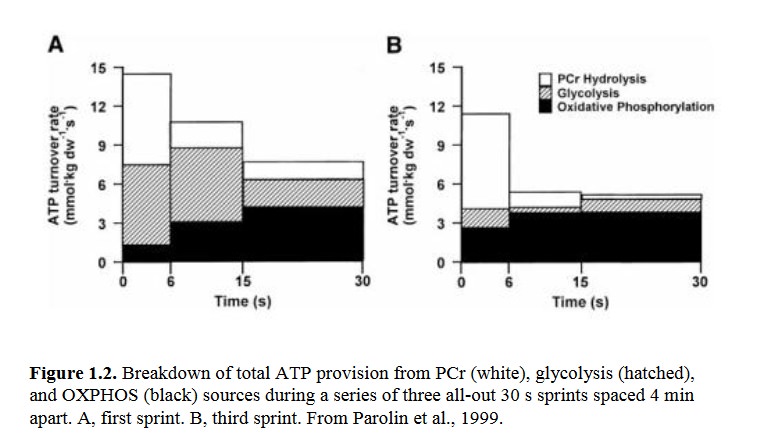conor78
Level 6 Valued Member
@mprevost
Do use battle ropes or prowler sleds? The gym I use has them and I use them at end of my training. Generally load the prowler with 50kg and push 20 yards up 20 yards back. Rest till heart rate drops below 140 and go again for another 4 repeats. With the battle ropes I go for about 15 seconds and then rest til heart rate gives below 140...
I used to use what I thought were tabatas but your post has confirmed they were something else entirely..
Do use battle ropes or prowler sleds? The gym I use has them and I use them at end of my training. Generally load the prowler with 50kg and push 20 yards up 20 yards back. Rest till heart rate drops below 140 and go again for another 4 repeats. With the battle ropes I go for about 15 seconds and then rest til heart rate gives below 140...
I used to use what I thought were tabatas but your post has confirmed they were something else entirely..



